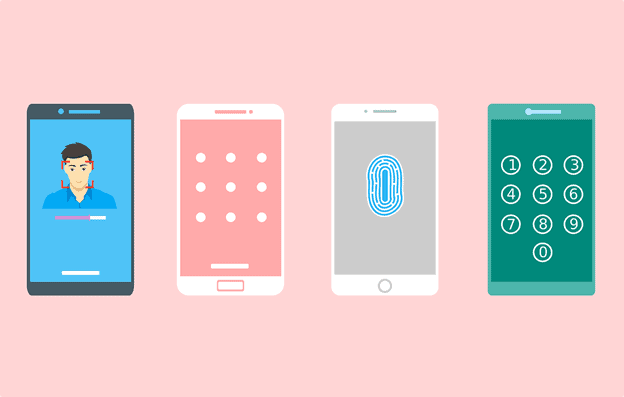Mobile devices have tremendously evolved from what it originally was designed to be – for making and receiving calls. Today, it has become a powerful and very portable machine that can be used to perform operations that couldn’t even be done by a computer system some years ago. With the help of applications, we can now make bank transactions, shop online, connect with other people, and so much more.
Heavy Reliance, Many Woes
According to popular statistics portal, Statistica, the total annual mobile app downloads in 2019 were 204 billion – amounting to about a 6% increase when compared to 192.45 billion downloads in 2018. Our reliance on mobile phones and applications increases as each year passes, and this is evident in the ratio of mobile app downloads to smartphone users – 58:1 – meaning every smartphone user makes use of approximately 58 apps.
This reliance has, however, been plagued with several malicious attempts to exploit vulnerabilities inherent in this dependence or even the applications themselves.
Risks Associated with the Use of Mobile Devices
In light of this, it is pertinent that every mobile device user is aware of the possible risks they face when using their devices – especially when connected to the Internet. Explained below are a couple of them:
You May Like: Overconfident security researchers always lose to hackers
- Unsecured Public WiFi: Virtually every security outfit warns mobile device users of the risks they expose themselves to by connecting to public WiFi. While this might seem easy and convenient, there are a lot of ways by which users could have their data stolen, devices hacked or compromised via this means. Examples of attacks that can be perpetuated through public WiFi, including spoofing, man-in-the-middle attacks, or even malware distribution.
- Infected Applications: Recent studies say that there has been a 300% increase in the number of attacks perpetrated from infected applications. These attacks usually come in different and unsuspecting forms. Many of them are uploaded on the App Store or Play Store under the guise of being genuine only to request for some personal details at a later time. Some quietly implant malware on the victim devices and continue running in the background, executing the attack.
- Cryptojacking: Another common form of attack which users are often oblivious of is Cryptojacking. Here, a hacker, through the use of a malicious program, takes remote control of a victim’s device and uses the computing power to mine cryptocurrency. The side effect of this is often noticed in the degraded performance of the phone, slower processing, and degraded battery life.
Maintaining a Safe Space for your Mobile Devices

You can also check out companies that do Phone forensics for finding out more details. With the risks in mind, outlined below are a couple of ways to ensure the security of mobile devices:
- Strict Application Policy: By default, mobile OS developers do not allow the phones to install applications from untrusted sources or anywhere that isn’t the official application store. Sometimes, users bypass this setting by turning it off, thereby exposing themselves to a myriad of risks. Users should also be cautious of the kind of permissions they grant to applications. The ones that seem unnecessary or suspicious should be denied.
- Use Encryption Technology: Although enforced by mobile developers, users can go the extra mile to add their encryption software. This is one of the many ways to ensure the security of your data especially as it is sent from one point to another. Encryption hashes the information being transferred, making it useless to anyone who intercepts it.
- Regularly Update Mobile OS: Now and then, mobile developers release updates to their OS with new UI/UX features but not without security patches. These security patches are to fix vulnerabilities detected in the operating system, and the earlier users install these upgrades as soon as they are released, the better.
- Install Antivirus Software: Antivirus, just like Antimalware, works to prevent the infiltration of malicious software into the OS of the mobile phone. These applications help to scan, detect, and remove these malicious programs as soon as possible to prevent compromise of the device’s integrity.
- Avoid Interacting with Unsafe Websites: Unsafe websites are quite easy to spot as they lack the “https” prefix in their URL. Such sites do not have encrypted Transport Layer Security (TLS). As such personal information, login details, and other sensitive data should not be sent to these websites; neither should anything be downloaded from it.










